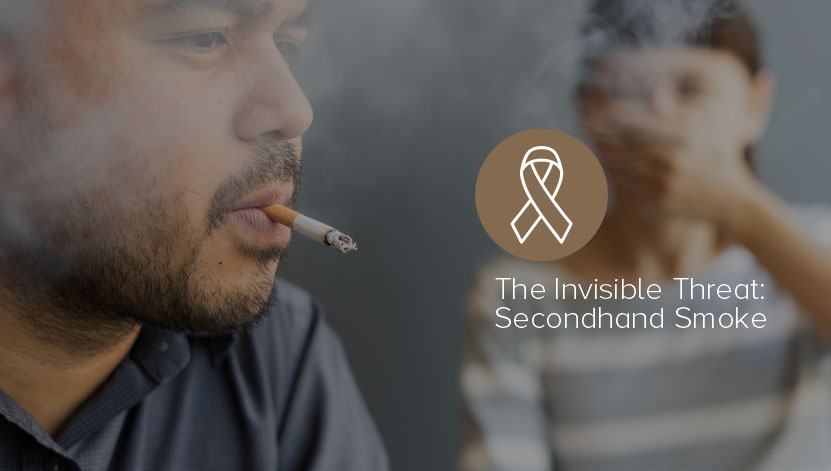In a world where wellness and health take center stage, secondhand smoke is an often-overlooked hazard that invisibly weaves itself into our daily lives. It's not just a matter of discomfort or poor air quality; it’s a significant public health concern that can lead to dire consequences.
